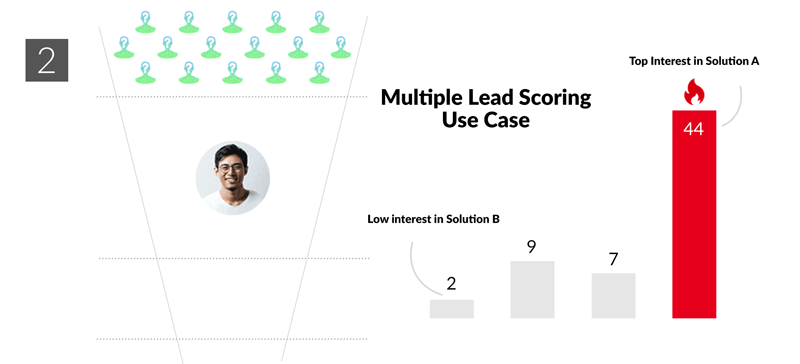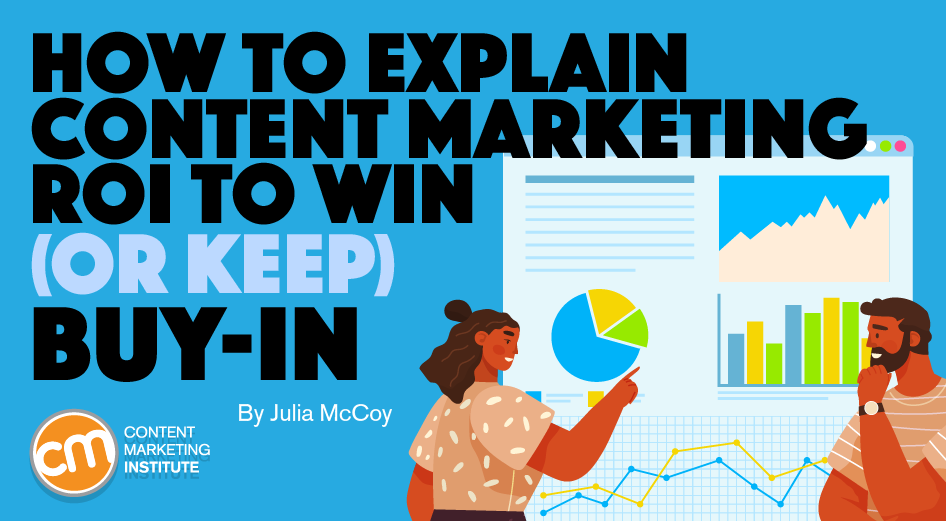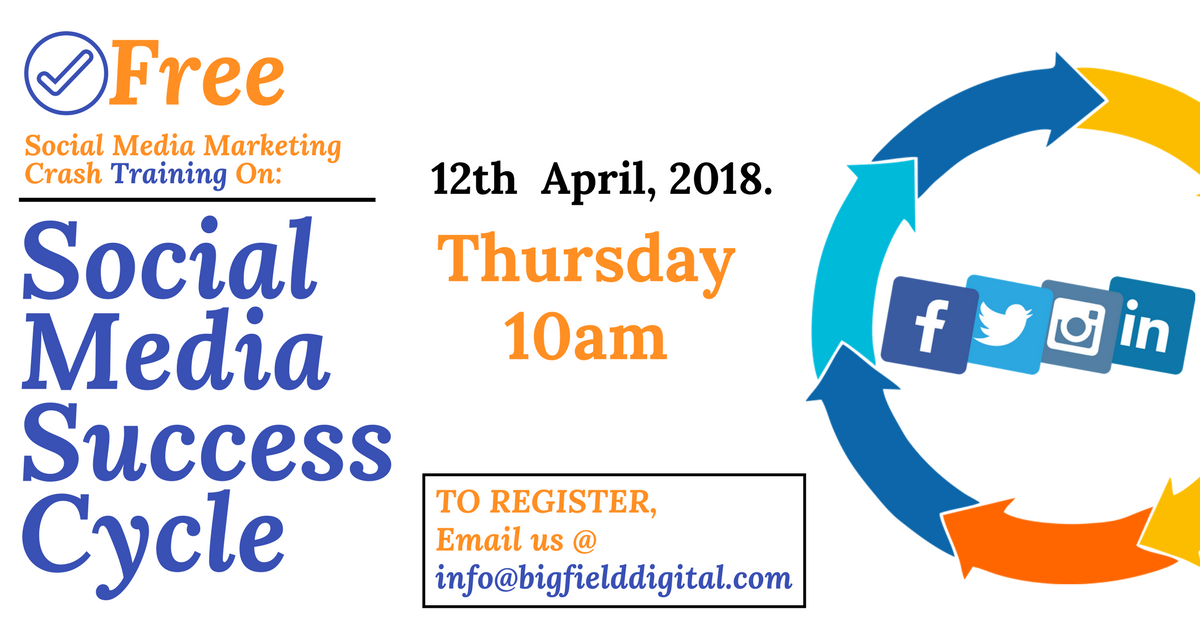
Social media audits provide a way to measure the impact of your client’s online presence. There are six key steps to conducting a successful audit. These include the assessment of your client's social media presence and tracking metrics. In addition, you should organize your audit to ensure its success and keep it focused on the right metrics.
Here are six steps to conduct a social media audit
You should conduct a basic social media audit, regardless of whether you are a start-up or an established company. First, find the platforms where your business is currently active. Analyze their performance and engagement rates. You should also check the costs involved in each social media campaign. A social media audit is useful in determining whether you are wasting money or generating more leads.
It is essential that you have a template when performing a social audit. The template will guide you in gathering and analyzing the results. A good template will detail each platform with information such as the overall performance and a report detailing how each element performed. You should include information in the demographics section about how many people are interested in your content. It also needs to indicate their location. Another section should contain creative performance of your top posts.

Assessing the social media presence of your client
Social media analytics can help you gauge the effectiveness of your campaign. It can also show your client what content is working well for them. Social media analytics report templates should include metrics for each social media platform. These include followers, engagement and demographics. These are some ways to create the perfect report.
Determine the client's target audience. If the client has a highly specific demographic, then the social media strategy should be tailored to that group. If not, then it is best to adjust and find new ways to reach their target audience. Be sure to consider which social media channels your client uses. You might also consider TikTok and Snapchat for brands that cater to Generation Zs.
Monitoring metrics to measure impact
Social media marketing requires the tracking of metrics. The metrics are similar to those used in traditional marketing, such as awareness, opinion, recall, and sales funnel. This data allows you to track how your content is performing in relation to your goals. This data can help you optimize your social-media campaigns.
Social media performance is an important area in any audit. This can be measured with tools such as Facebook page insights or Twitter Followerwonk. You should also consider audience growth and posting frequency. Track engagement via likes, shares and +1s.

Successful audits are based on organization and preparation.
Performing a social media audit is a great way to streamline your marketing efforts and eliminate efforts that aren't relevant to your goals. If your messages are scattered across many platforms, you will lose your core messages and leave your followers feeling confused. An audit can help you identify which social media platforms perform best and which are less effective.
It doesn't matter if you hire an agency or conduct a social media audit, it is important to plan ahead and follow a detailed process. Before you start, assess your company model and determine your overall objectives. Asking questions and gathering background information about your company model can help you do this.
FAQ
What is the purpose of a content strategist for your business?
A content strategist can help you to understand what people are searching for online. They make sure your website is optimized for search engines to help you rank high. They also create content for social media sites, like Facebook and Twitter. They also create copy for blogs, advertisements, and websites.
A content strategist works closely with a marketing team and helps to organize a cohesive plan for the company's online presence. While content strategists can work alone, they will often collaborate with other members of the team to ensure each piece of content is useful.
How to Use Blogs to Generate Leads in Your Business
Leading B2B companies understand how crucial online leads are to their success. Many businesses have difficulty converting traffic into qualified leads despite this fact. Here are five reasons why you might not be generating qualified leads.
Reason 1: You are not optimizing your website - Even though you have a site, you aren't making any money. Blogging is a great method to attract new customers. However, blogs that don't help your target audience solve their problems will not make you money.
To ensure your blog is profitable, optimize it by ensuring it meets search engine guidelines and uses keywords people are searching for. This increases the likelihood of people finding your blog post.
Once they've found your blog, you need to provide value by answering all their questions and offering solutions right away.
Keyword Toolbox is a good tool to help you find keywords. Next, add these words to your page title and meta description. Add them to the body text.
CTAs should also be placed throughout your blog. CTAs encourage readers to take action, such as signing up for your newsletter, or purchasing a product.
These actions increase the chance of a sale, and they give you insight into which information users are interested.
You can learn how to start a successful blog by reading our guide.
Reason 2: It's hard to know what you should write about. After you start writing, ideas will begin to flow quickly.
It takes time to build a reputation and establish yourself as an expert in your field. This is why it is important to write about topics that you are passionate about.
Writers should answer the question: "Why should we hire you?" Writers should keep their focus on solving problems.
This will allow you to stand out from other businesses trying to sell your products.
Your blog should help prospects as well as be helpful. You can also use your knowledge to educate others. You could share your knowledge about current trends in your field or tips on saving money on home improvements.
Your viewers will appreciate the links to relevant resources. These resources can be videos, articles, or podcasts that are written by experts.
Reason 3 - You don’t have clients and you don’t want them. All you need is more sales!
There is no quick fix for building a successful business. Building trust with your target market takes time.
You don't necessarily have to spend hours crafting content if your goal is to meet potential clients. Instead, place ads on social media websites like Facebook and LinkedIn.
Avoid wasting money on useless advertising. Create ads that are based on your ideal client's demographics to avoid wasted money. If you own a website design business, chances are you have many female clients.
Instead of targeting men all the time, you can target women by their location, income level, or age group.
After creating your ad on the internet, follow up with a message sent to potential customers.
You don't need to pay for each person who visits your site. Accessible traffic sources can bring in more sales than paid.
You could, for example, host a contest to sign up new subscribers via email. You could even offer gifts for people who sign up to your mailing lists.
This is where creativity is key. You don't have to spend too much to attract visitors.
Reason 4: Advertisement is not feasible - you are too busy running your business to spare the time.
Prioritize your work over your company. If you're too busy with your business, you won’t be able grow it.
You might feel overwhelmed at the sheer amount of tasks you have daily.
You can get organized by starting to organize. One hour per week is enough to review and organize the tasks you need to complete during the week.
Once you start, you will notice how much easier it is to manage everything else.
What is the difference between content marketing and traditional advertising?
Content marketing is different. Traditional advertising focuses only on getting attention. Because most people don't pay attention to traditional advertising, it is often a waste. You'll get much better engagement rates with content marketing.
Statistics
- In fact, would pay more for a better customer experience, and 86% of B2B buyers would pay more. (neilpatel.com)
- According to research compiled by Coschedule: Companies that publish 16+ blog posts a month get as much as 3.5x as much traffic as those that publish 0-4 posts a month. (criteo.com)
- According to our research, 65% of companies with very successful content marketing in 2021 ran content audits at least twice a year. (semrush.com)
- This marketing strategy landed Ford a 15.4% conversion rate. (neilpatel.com)
- An example of an overarching goal could be: "In 2022, we want to achieve a 20% increase in revenue created by organic content and generate 15,000 MQLs with a budget of $30,000." (semrush.com)
- We found that 40% of businesses don't have a documented strategy yet. (semrush.com)
- Companies that use content marketing see approximately 30% higher growth rates than businesses not using it. (mailchimp.com)
- To further show the importance of this, 89% of people have stopped doing business with a company because of a poor experience. (neilpatel.com)
External Links
How To
How to create stunning images
To make your content stand out from others, you should use images. Images are a great way to communicate ideas visually. They are excellent at grabbing attention, and increasing engagement. They are great for communicating complex concepts clearly and effectively. ).
Images can be used to enhance a presentation or piece of writing. They can make it more interesting and alive. However, if you don’t know what to do with the image you choose, your results could be less impressive. This article will give you some ideas on choosing the right images for your next project.
-
Know what makes an image good. Before you start looking at photos, there are several things you should consider when picking which ones to use. First, it is important to choose images that have a clear and concise message. It won't work if the photo is too cluttered. A simple, clean image will grab more attention. Images that don't show people smiling or looking directly at the camera are also not recommended. This can make it appear that you don't care about what you say. You want the image to not distract from what you are trying to convey. If the image draws too much attention away, it is probably not ideal.
-
You can find inspiration. Once you've got a list of potential candidates, it's time to go through them and find those that catch your eye. You should first look at their captions. These captions may be included in the photo or written separately by others. It doesn't matter what, you need to verify that the caption is engaging enough to read. Pay attention to what the photo is referring to. Do you expect to see someone having a good time in the photo? Or maybe it's a place that looks like it could be dangerous. Maybe it's somewhere you wouldn't normally associate with happiness. Whatever the reason for your liking the image, think about how it relates with the message you wish to convey.
-
You can test different types of images. You can highlight specific aspects of your text by using images. This is one of the greatest benefits of images. If you are writing about a product, an image showing the item in action might be helpful. An image that shows the data in your infographic may also be helpful. These visual aids can be used to draw people to your information. They will feel more connected to what they are sharing.
-
Use the right format. One of the most important factors to remember when choosing images is the file type you need to use. You have two choices when creating web pages: JPEG, or GIF. Both file formats are excellent, but each one has its own advantages and disadvantages. JPEG files can be used for all media types, including websites and posts on social media. They work particularly well for photos, as they store large amounts of data in a small space. They do tend to lose quality and become pixelated over time. GIFs can be used for graphics and animation because they are smaller than JPEGs. They don't support transparency making them unsuitable to be used for photos.
-
Add other visuals. Additional visuals are a great idea if you have trouble thinking of images. Your post's effectiveness can be greatly improved by providing a distraction-free environment. This makes them less likely to abandon your site after reading your article. Create infographics, which are great for adding visuals to your site. Infographics are extremely popular, as they provide a quick, easy way to share lots of useful information. You can also add them to your blog posts because they often contain lots of images.